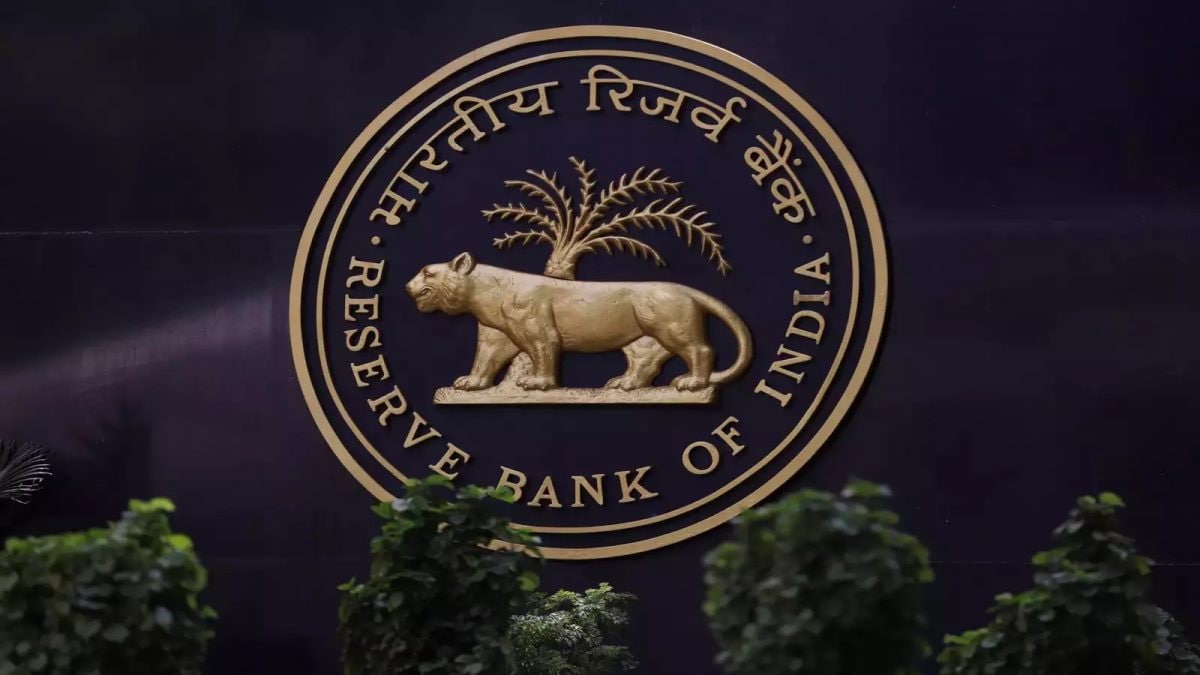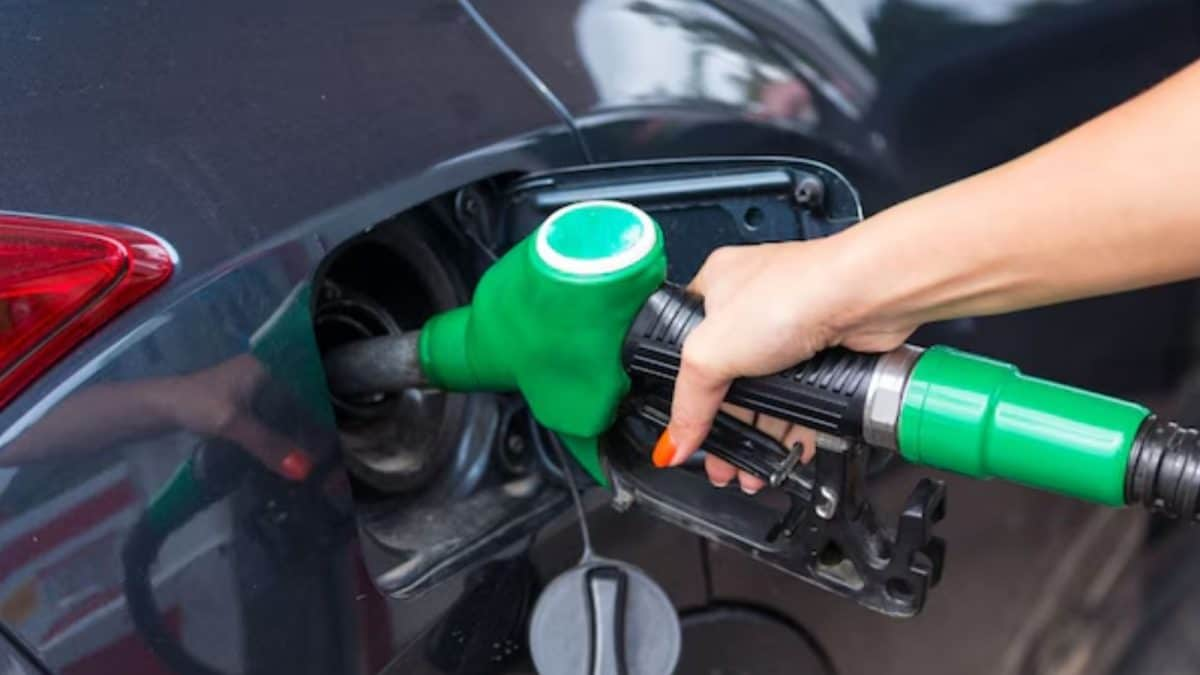Business
Starbucks wants its cafes to be more welcoming — and accessible. Take a look at a recent renovation

As Starbucks revamps its U.S. locations, the coffee chain is trying to make its cafes welcoming to all through more inclusive design.
As part of its broader effort to bring back customers, the company has prioritized plans to give makeovers to roughly 1,000 locations by the end of 2026. It will sideline major store renovations and development in the meantime.
While the changes will vary based on the location, expect more seating, dark wood paneling and other tweaks that make its cafes cozier. The renovations will also include changes like less harsh lighting that won’t affect customers with light sensitivity.
“We’re uplifting more than 1,000 coffeehouses over the next year, blending our global heritage with local relevance to create spaces that are immersive, inclusive, and deeply human,” Dawn Clark, Starbucks senior vice president of coffeehouse design and concepts, said in a statement to CNBC.
“Whether it’s the laid-back warmth of the Palisades or the urban energy of Manhattan, intentional design encourages customers to stay longer, connect more, and return often — and translates into meaningful business impact,” Clark said.
Starbucks is planning to spend about $150,000 on each “uplift,” without closing the stores down. The company started with locations in New York, followed by cafes in Southern California.
The makeovers are intended to make the stores more welcoming, returning Starbucks to its prior status as a “third place” for customers to hang out between home and work. In recent years, Starbucks had lost that reputation, fueled by decisions like removing seats as mobile ordering become popular and getting rid of outlets to discourage lingering.
Under CEO Brian Niccol, the chain plans to reverse many of those decisions as it tries to break a sales slump. For example, he previously told employees in June that he plans to add back the 30,000 seats that had been removed from cafes.
But trying to appeal to a wider swath of customers isn’t new for the company. Starbucks first unveiled an accessible store design in early 2024, before Niccol’s tenure. At the time, the company said that the design took about two years and included input from baristas.
Take a look inside a recently renovated New York City cafe near Manhattan’s Union Square.
The Starbucks Union Square East location before the renovation
Source: Starbucks
Before the renovation, the location lacked many decorative touches, besides some large-scale photos of the chain’s Hacienda Alsacia, its coffee and research farm in Costa Rica.
With such sparse seating, the cafe’s concrete floors were more obvious. Harsh lighting didn’t help the store’s appearance either.
A large seating area now has even more seats, plus a gallery wall and lighting with less glare.
Source: Starbucks
The location now features much more seating near the entrance. Leather accents to the wraparound booth make the seats more comfortable. The tables are easily movable and at an accessible height for wheelchair users.
Starbucks also brought back the electrical outlets that disappeared in prior makeovers. Now customers who want to study or work from the location can charge their laptops or phones, encouraging them to stay longer.
Large area rugs bring a cozy touch, in addition to dampening some of the cafe’s ambient noise. Live plants also add to the homey vibe of the space.
Tweaks to the location include adding high-top tables and bar stools for more seating options.
Source: Starbucks
High-top tables, positioned closer to the barista bar, offer a seating option for customers looking to sit down with companions. The makeover adds 16 more seats to the location.
Starbucks also changed out its lightbulbs to soften the store’s lighting and reduce glare, giving it a warmer atmosphere. The improved lighting helps highlight an existing mural, seen on the right of the photo above.
Starbucks added a shelving unit that highlights its coffee beans.
Source: Starbucks
Behind the barista bar, the company added a large shelving unit that highlights bags of its coffee, plus decorative burlap sacks that hold beans. Touches of purple are a nod to the nearby New York University.
Customers waiting to pick up their drinks can sit off to the side. Previously, the area was a standing bar that wasn’t accessible to wheelchair users.
In addition to adding rugs, Starbucks also improved the location’s overall insulation to cut down on the clamor of a busy coffee shop. For baristas, the change means that conversations among customers are less likely to disturb their work, whether that’s hearing an order correctly or focusing on making a latte.
Business
After 25 Bps Cut, India At 5.25%: How Policy Rates Compare Across BRICS, US And Other Economies

Last Updated:
At 5.25%, India’s policy rate is higher than the US, UK and Eurozone but far below Brazil and Russia, which still run double-digit rates to fight inflation pressures.
RBI cuts repo rate by 25 bps to 5.25 per cent
India’s Central bank has shifted gears to support the economic momentum and ease lending with a rate cut of 25 basis points in the latest Monetary Policy Committee (MPC) meeting between December 3 to 5. The latest lending benchmark – repo rate – stood at 5.25 per cent after Friday’s 25 bps cut from 5.50 per cent.
The Reserve Bank of India (RBI) governor, Sanjay Malhotra, in his speech on Friday, termed the current economic situation as ‘rare goldilocks period’, stating that inflation is at a benign 2.2 per cent and growth at 8.0 per cent in H1:2025-26.
The standing deposit facility (SDF) rate under the liquidity adjustment facility (LAF) now adjusted to 5.00 per cent and the marginal standing facility (MSF) rate and the Bank Rate to 5.50 per cent. The MPC also decided to continue with the neutral stance.
The repo rate is the interest rate at which banks borrow money from the RBI. When banks face a shortage of cash, they borrow from the RBI by pledging government bonds. The interest the RBI charges on this borrowing is known as the repo rate. If the RBI raises the repo rate, borrowing becomes costlier for banks. If it lowers the rate, banks can access funds more cheaply.
The policy rate is a critical monetary tool utilised by the banks to control money flow into the economy. The Central banks of different countries seek to strike a balance to keep the economic growth momentum and stop inflation from getting out of control.
Comparison of Different Policy Rates As Of Now In Major Economies:
| Country | Interest Rate (Policy Rate) |
| United States | 4.00 % |
| United Kingdom | 4.00 % |
| Eurozone (ECB) | 2.15 % |
| India (RBI) | 5.25 % |
| Japan (BoJ) | 0.50 % |
| Australia (RBA) | 3.60 % |
| Canada (BoC) | 2.25 % |
| China (PBoC) | 3.00 % |
| Brazil (BCB) | 15.00 % |
| Russia (CBR) | 16.50 % |
India’s policy rate stood in align with the developed economies such as USA and UK, while a way too below in comparison to BRICS countries. For instance, Brazil and Russia’s policy rates are in the double digit – 15% and 16.50% respectively, due to run away inflation.
December 06, 2025, 09:34 IST
Read More
Business
Petrol, Diesel Fresh Prices Announced: Check Rates In Your City On December 6

Last Updated:
On December 6, 2025, OMCs updated petrol and diesel prices across cities like New Delhi, Mumbai, and Chennai, reflecting global crude oil trends, taxes, and currency rates.

Petrol, Diesel Prices On December 6
Petrol and Diesel Prices on December 6, 2025: OMCs update petrol and diesel prices daily at 6 AM, aligning them with fluctuations in global crude oil prices and currency exchange rates. This daily revision promotes transparency and ensures consumers have access to the most up-to-date and accurate fuel prices.
Petrol Diesel Price Today In India
Check city-wise petrol and diesel prices on December 6:
| City | Petrol (₹/L) | Diesel (₹/L) |
|---|---|---|
| New Delhi | 94.72 | 87.62 |
| Mumbai | 104.21 | 92.15 |
| Kolkata | 103.94 | 90.76 |
| Chennai | 100.75 | 92.34 |
| Ahmedabad | 94.49 | 90.17 |
| Bengaluru | 102.92 | 89.02 |
| Hyderabad | 107.46 | 95.70 |
| Jaipur | 104.72 | 90.21 |
| Lucknow | 94.69 | 87.80 |
| Pune | 104.04 | 90.57 |
| Chandigarh | 94.30 | 82.45 |
| Indore | 106.48 | 91.88 |
| Patna | 105.58 | 93.80 |
| Surat | 95.00 | 89.00 |
| Nashik | 95.50 | 89.50 |
Key Factors Behind Petrol and Diesel Rates
Petrol and diesel prices in India have remained unchanged since May 2022, following tax reductions by the central and several state governments.
Oil Marketing Companies (OMCs) update fuel prices daily at 6 am, adjusting for fluctuations in global crude oil markets. While these rates are technically market-linked, they are also influenced by regulatory measures such as excise duties, base pricing frameworks, and informal price caps.
Key Factors Influencing Fuel Prices in India
-
Crude Oil Prices: Global crude oil prices are a primary driver of fuel prices, as crude is the main input in petrol and diesel production.
-
Exchange Rate: Since India relies heavily on crude oil imports, the value of the Indian rupee against the US dollar significantly affects fuel costs. A weaker rupee typically translates to higher prices.
-
Taxes: Central and state-level taxes constitute a major portion of retail fuel prices. Tax rates vary across states, leading to regional price differences.
-
Refining Costs: The cost of processing crude oil into usable fuel impacts retail prices. These costs can fluctuate depending on crude quality and refinery efficiency.
-
Demand-Supply Dynamics: Market demand also influences fuel pricing. Higher demand can push prices up as supply adjusts to consumption trends.
How to Check Petrol and Diesel Prices via SMS
You can easily check the latest petrol and diesel prices in your city through SMS. For Indian Oil customers, text the city code followed by “RSP” to 9224992249. BPCL customers can send “RSP” to 9223112222, and HPCL customers can text “HP Price” to 9222201122 to receive the current fuel prices.
December 06, 2025, 07:47 IST
Read More
Business
Frontier to buy B K Birla group co Kesoram – The Times of India

Kolkata: 106-year-old Kesoram Industries, once the flagship of the B K Birla group, is being acquired by Frontier Warehousing, a city-based storage and logistics solutions company. The total value of the acquisition, as per stock exchange filings, would be close to Rs 100 crore.Frontier-owner Gautam Agarwal, told TOI he is drawing up plans for Kesoram, which now has transparent paper, rayon, and chemicals businesses.Frontier proposed to launch an open offer late on Thursday for the acquisition of 26% stake in Kesoram at Rs 5.5 per share, aggregating to a consideration of Rs 44.2 crore. On Friday, Kesoram’s share on BSE was up 19%. — Udit Prasanna Mukherjee
-

 Tech6 days ago
Tech6 days agoGet Your Steps In From Your Home Office With This Walking Pad—On Sale This Week
-

 Sports5 days ago
Sports5 days agoIndia Triumphs Over South Africa in First ODI Thanks to Kohli’s Heroics – SUCH TV
-

 Fashion5 days ago
Fashion5 days agoResults are in: US Black Friday store visits down, e-visits up, apparel shines
-

 Entertainment5 days ago
Entertainment5 days agoSadie Sink talks about the future of Max in ‘Stranger Things’
-

 Politics5 days ago
Politics5 days agoElon Musk reveals partner’s half-Indian roots, son’s middle name ‘Sekhar’
-

 Tech5 days ago
Tech5 days agoPrague’s City Center Sparkles, Buzzes, and Burns at the Signal Festival
-

 Sports5 days ago
Sports5 days agoBroncos secure thrilling OT victory over Commanders behind clutch performances
-

 Sports5 days ago
Sports5 days agoF1 set for final-race showdown as Verstappen exploits McLaren blunder | The Express Tribune












